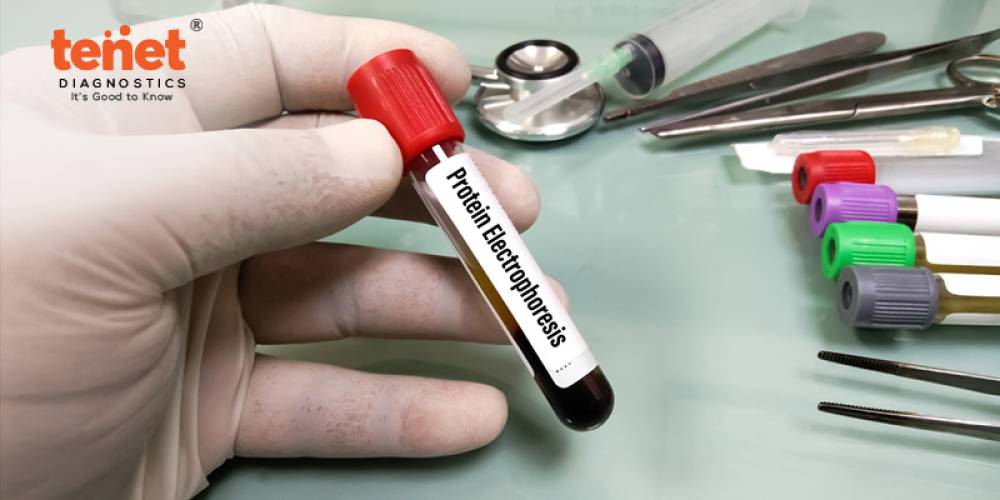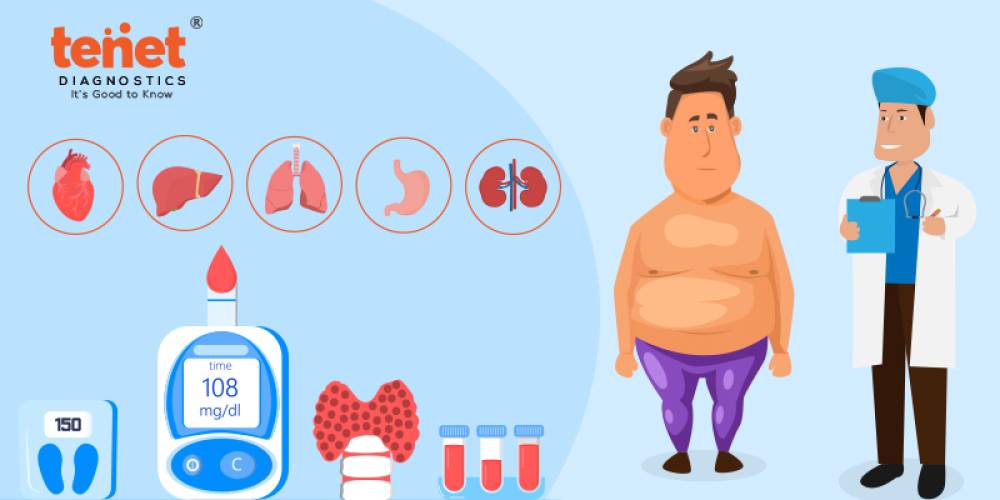The Double Marker Test is nothing but a type of prenatal screening which is done in the first trimester of pregnancy.
This is an important test which is an indirect indicator of the possibility of chromosomal abnormality in the developing fetus, particularly of Down's syndrome at or just after birth.
In this article we will give an insight into the procedure, preparation, uses, benefits, and results of the double marker test. It includes very comprehensive and complete information for expectant parents or professionals in health care.
What is the Double Marker Test?
The Double Marker Test is conducted between 9-13 weeks of pregnancy (first trimester). Two specific substances easily detected within a mother's blood – Free Beta Human Chorionic Gonadotropin and Pregnancy Associated Plasma Protein-A.
The test assesses whether a fetus may be affected by chromosomal abnormalities, specifically, mostly trisomy 21 (Down syndrome), and trisomy 18 (Edwards syndrome).
What is the Relevance of the Double Marker Test in Pregnancy?
This test is absolutely necessary for a complete prenatal screening, The Double Marker Test is conducted mostly along with the Nuchal Translucency Scan, where the clear space of the tissue of the back of your baby's neck is measured.
These two tests will give an idea related to the risk of the baby having chromosomal abnormalities, which will help parents and the treating doctor to decide on further diagnostic tests.
Why is the Double Marker Screening done in the First Trimester?
This is the crucial period for prenatal screening, and the Double Marker Test is generally conducted between 9 and 13 weeks of pregnancy.
The levels of Free Beta-hCG and PAPP-A in the mother's blood during this time can possibly have some very pertinent information in regard to certain chromosomal abnormalities. Early detection allows timely measures to be taken with better preparation for the health needs of the newborn.
What is the Procedure of the Double Marker Test?
The Double Marker Test is just a blood draw from the expecting mother. The process consists of:
- Consultation: The expectant mother visits the physician to discuss the test and purpose.
- Blood Sample Collection: A small amount of the mother's blood is drawn from the arm.
- Diseased Analysis Laboratory: The blood sample is dispatched to laboratories to measure the levels of Free Beta-hCG and PAPP-A.
- Risk Calculation: Combine the result with other factors of the mother, such as age and weight, and combine in the gestation age of the baby to calculate the risk for chromosomal abnormalities.
- Result Interpretation: The interpretation of the result is done by the healthcare provider and is discussed with parents.
What Preparation must be done for a Double Marker Test?
Preparing for the Double Marker Test involves a few simple details. Here are some tips to help you go through the test without any problems:
- Booking the Test: The appointment for the test should be booked between 9-13 weeks of pregnancy.
- Fasting Instructions: While fasting is not usually required, it is sometimes ordered by your healthcare provider. Confirm with your doctor.
- Hydration: Drink plenty of water to make the blood draw easier.
- Relax: You must avoid being nervous or flustered before the test to ensure the accuracy of the results.
What are the Applications and Advantages of the Double Marker Test?
The Double Marker Test has several features in the realm of prenatal care:
- Early Detection: This will help in the early identification of chromosomal abnormalities and permit timely intervention and preparation for the same.
- Risk Assessment: The result gives an estimation of the level of risk for Down Syndrome and Edwards syndrome.
- Informed Decisions: Parents may choose information on further diagnostic testing, such as amniocentesis or chorionic villus sampling.
- Peace of Mind: A low-risk outcome of testing may instill peace of mind in the potential parents.
What to expect in the test results?
The results for the Double Marker Test are presented in the form of a risk ratio. A higher ratio would mean increased chances of chromosomal problems, and in contrast, a lower ratio would mean a decreased risk.
It is important to note that the test does not provide a definitive diagnosis but rather an assessment of risk based on various other factors apart from the blood test.
Conclusion
The Double Marker Test is a very important tool in screening during prenatal care, because it helps in the assessing of risk for chromosomal abnormalities in a developing fetus.
Done within the first trimester, information gained from the test allows anticipatory parents and health providers to make the right choices regarding more tests and preparation. Knowing all about the process, preparation, uses, benefits, and results of the Double Marker Test will help one to receive the best results for oneself and the baby.
Expectant parents can go in for all these with a lot of confidence and peace at heart all through their days of pregnancy. For any queries or concerns on the Double Marker Test, consult your healthcare provider to personalize everything to your guidance and support.
FAQs
1. Is a Double Marker Test possible after 14 weeks?
No, in the case of it being the Double Marker Test, the test is ideally done between the 9th and 13th week of pregnancy; between the 14th week onwards, the accuracy is lost, so there will be other screening alternatives begun.
2. Is the Double Marker Test done on an empty stomach?
For the Double Marker Test, fasting is usually not necessary. However, in some cases, health care providers encourage it. The best approach will be to check with your doctor.
3. What is NT scan and Double Marker Test
The NT scan reveals the measurement of the nuchal translucency at the back of a baby's neck using an ultrasound. It indicates an improved assessment of risk regarding chromosomal abnormalities in conjunction with the use of a Double Marker Test.
4. Is Dual Marker Test necessary?
Though not mandatory, a Dual Marker Test is strongly advocated as a part of prenatal screening. It gives an estimation of the risk of chromosomal abnormalities and, consequently, helps in informed decision-making.
5. When is the Dual Marker Test done in pregnancy?
The Dual Marker Test is done between 9 and 13 weeks of pregnancy, which means it is performed during the first trimester.







